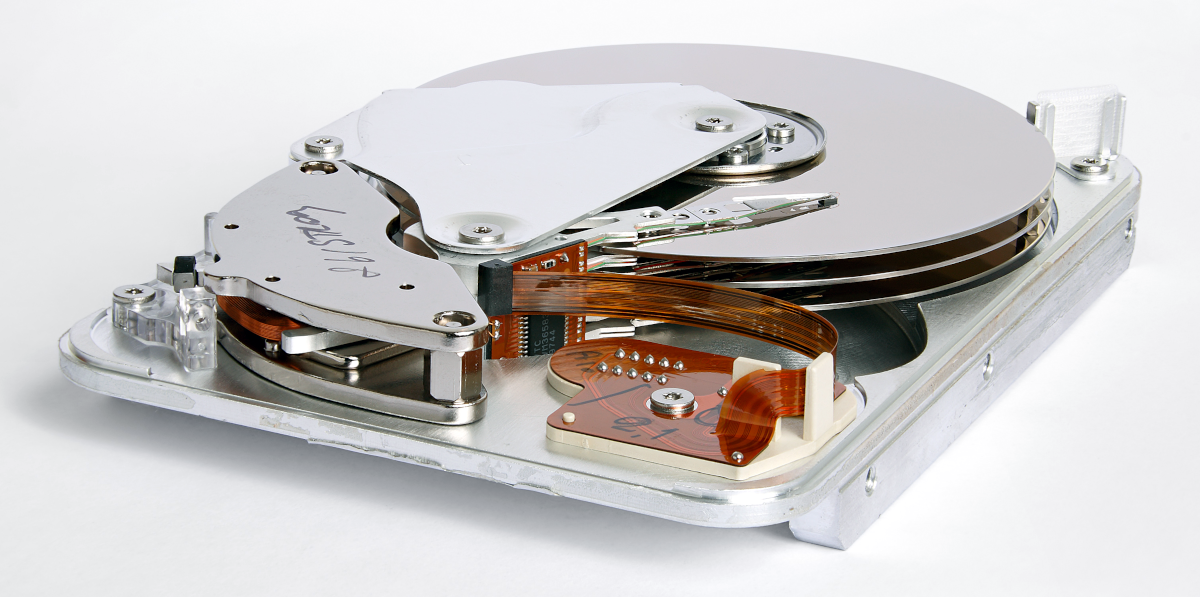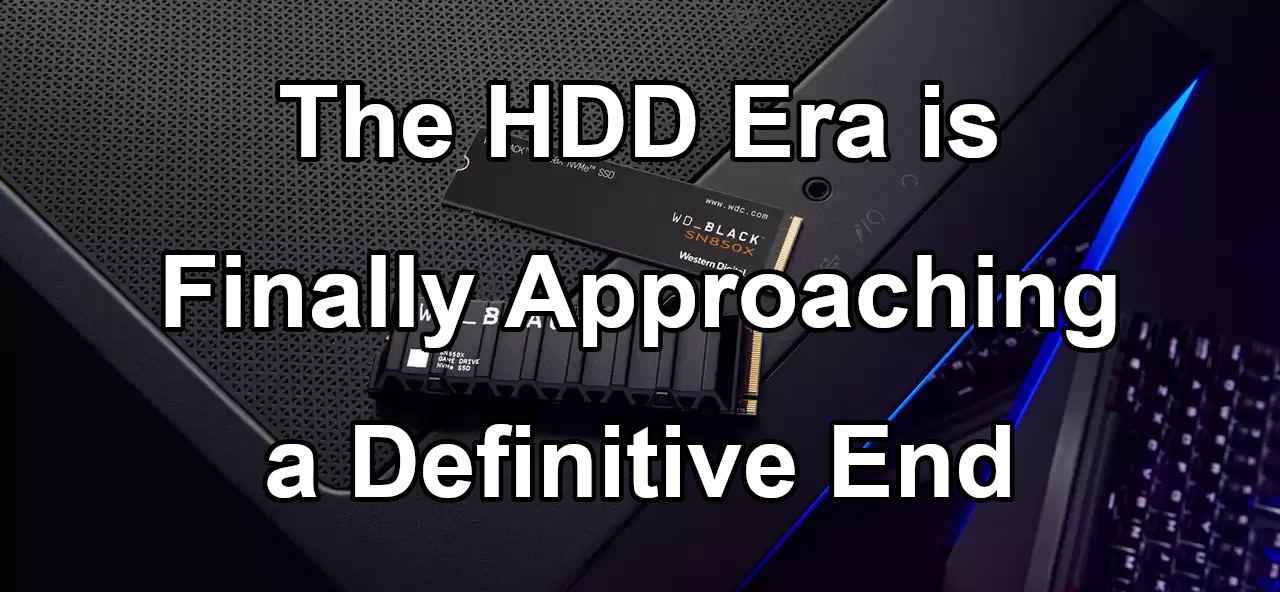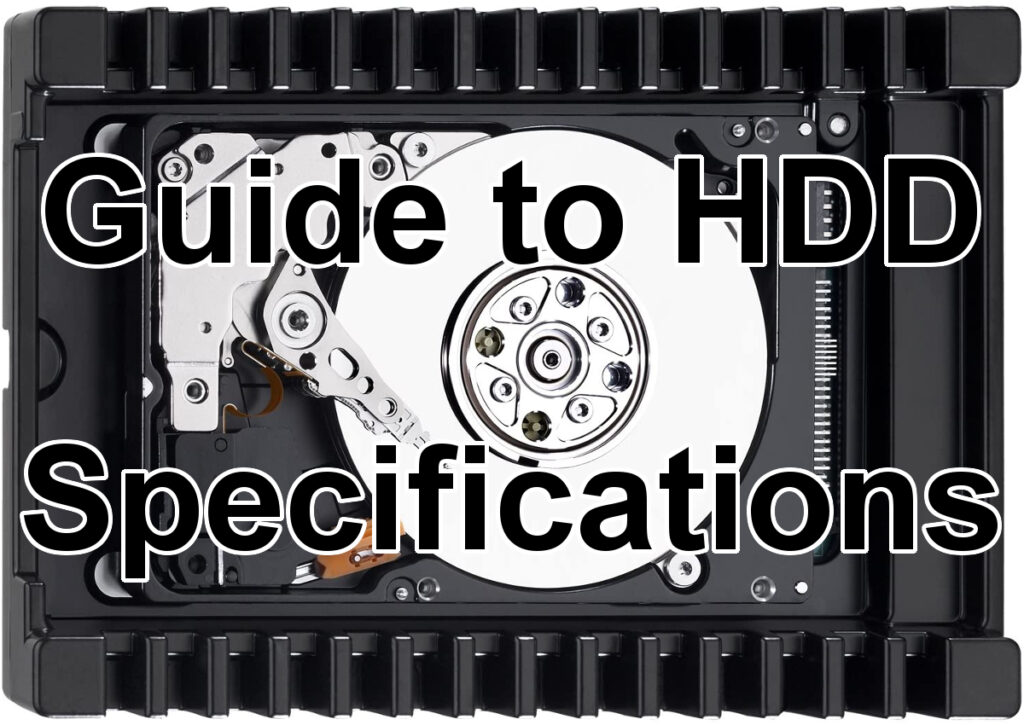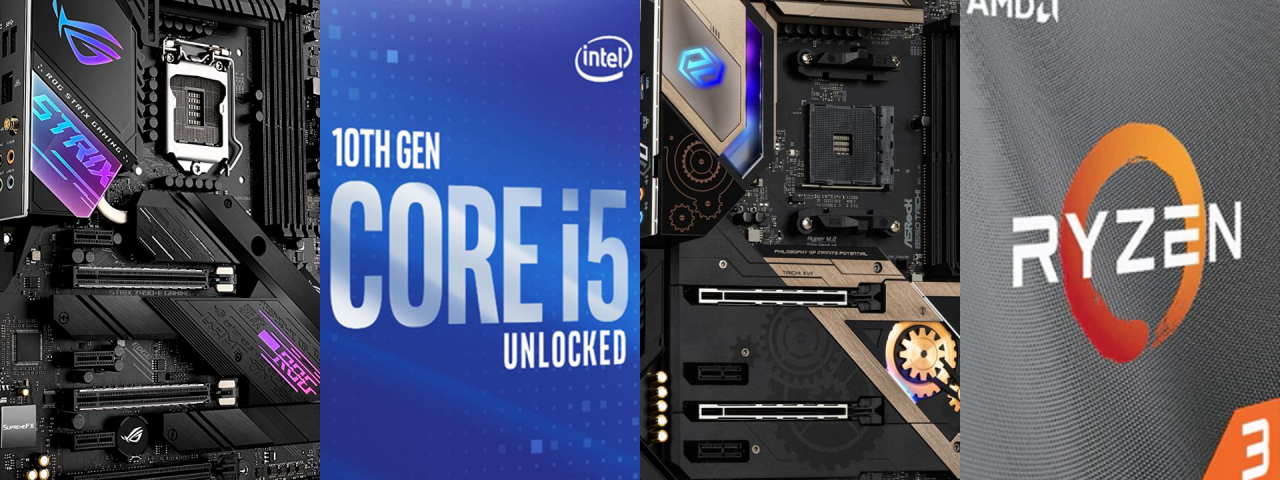
[Photo by Eric Gaba]
Ah, poor old HDDs! They served us, and served us well for decades, but today…

What gift do you get this holiday season for the computer builder in your life?
Well, first of all, probably not computer parts! Unless they’ve asked for a specific component, there’s a good chance you’d be giving them something redundant or unwanted.
But don’t worry! There are still plenty of things that the average PC builder could receive that are almost never redundant (like additional storage space) or which a builder is unlikely to have bought for themselves (like an uninterruptible power supply). Good gift ideas for PC building enthusiasts are what this list is all about.
The following 10 gifts ideas cover a spectrum of prices, and are sure to find use on or near the desk of any friend or family member who’s into building computers. Of course, suggestions you get directly from the intended recipient should always be prioritized; but if you haven’t received any guidance from them, these ideas will surely come in handy. Let’s begin!

We all know that HDDs are essentially obsolete as a technology, as SSDs now do everything better. But HDDs have continued to be manufactured and recommended, as they have one very desirable advantage: A lower price.
SSDs have been getting cheaper though, and have overtaken HDDs in some price segments…

SSDs have been widely available to the public for many years now, and having an SSD within your computer has become a must-have for all but the most extreme data-hoarding budget builders. But when you go online, looking to buy an SSD, you are bombarded with intricate specifications: M.2? DRAM? NAND? What is all of that?
In this article, we are looking to answer those questions, and give some buying advice at the end.

If you are looking to store your digital goodies with the most bang for the buck, then hard disk drives are undoubtedly the way to go. Whether it’s for a NAS, a secondary drive for some less-played games, or any other use where capacity is a priority over speed—there’s no beating the ‘price per gigabyte’ of HDDs. But how do you pick the perfect drive for your use case?
Although almost any modern drive should fit and work fine if there is a free compatible motherboard slot and power connection present (usually SATA, although older systems might have other connectors), there are a few different things to consider when looking to get the perfect drive. In this guide, I will be going over the what and the how of picking out your new drive (or drives!). But first, let’s take a closer look at what HDDs can offer us that an SSD or some other technology can’t, and what drawbacks there might be.

Prices for various PC parts often have a huge range, depending on items quality, performance, and availability. Some CPUs are $100, some are $1000, and some cannot be bought for love or money. Some other items have a much smaller range of prices, and this can be seen when we look at PC memory and storage (including RAM and hard drives). Memory and storage are offered by a large number of sellers, and thus the options are competitively priced. Most options that are similar in speed and capacity tend to be close to each other in price, making it easy to track and compare.
With time, long-term and short-term computer memory always sees a downward trend in price, with the only exception being when a factory is burned or flooded or something. Once certain items (or capacities) can be reliably found for a particular price, we overhaul our memory recommendations to recommend better/larger components, for the same price.
Along those lines, let us take a look at some recently changed recommendations:

Welcome to our biggest round of updates for the main chart in several months!
There are some major CPU (and accompanying motherboard) updates that are coming to the guide, but in this changelog we’ll also list off some smaller changes that are on their way as well. All of these listed changes are either implemented or coming soon to all country versions of the chart.

M.2 SATA, M.2 NVME, SSD, HDD—if any of those abbreviations make your head spin faster than a hard drive platter, look no further. This article outlines the different storage options on the market today, highlighting the best use-cases for each and recommending the best product in every class.
Upgrading an older storage drive to an SSD is one of the surest (and cheapest) ways to give a boost to an older PC, but where should you begin? There are three main options on the market today: HDDs, SATA SSDs, and M.2 SSDs. Here’s a look at each.

In the big wide world of hard drives, SSDs, RAM, VRAM, fancy CPU tech, and more—we felt it was about time to have a bit of a deep dive into data transfer rates.
That way, even if you’re working from an example PC build in our main build chart, you’ll know exactly what kind of speed and overall bandwidth you’re getting for your money!